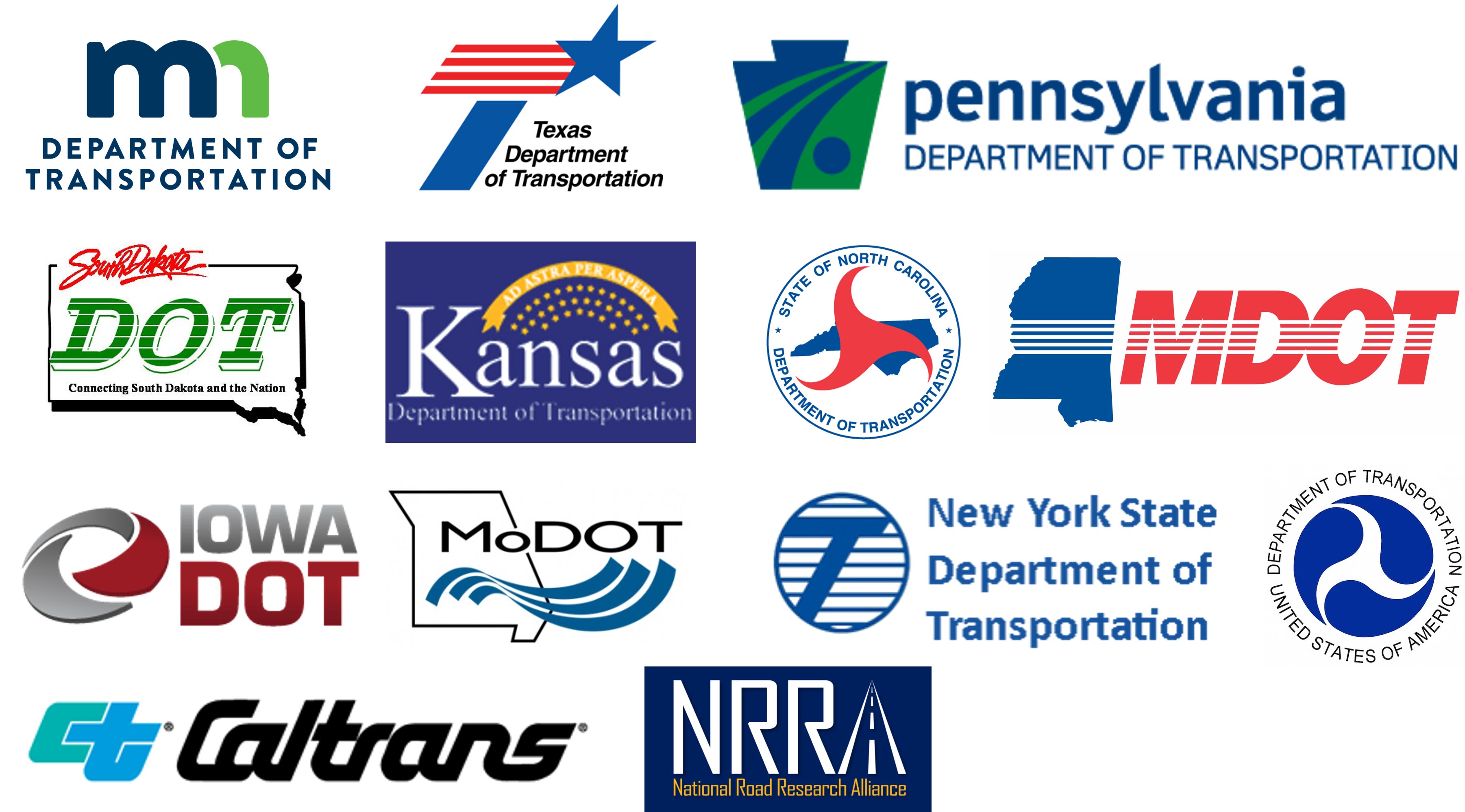
This design procedure was conducted by Dr. Julie M. Vandenbossche's group at the Department of Civil and Enviromental Engineering, University of Pittsburgh, under cosponsorship of the Iowa, Kansas, Minnesota, Mississippi, Missouri, New York, North Carolina, Pennsylvania, South Dakota and Texas Departments of Transportation. These states are all participating in the FHWA Pooled Fund Study TPF 5-165 under which this work was performed.
The authors would like to thank the California Department of Transportation for funding that initiated the development of the faulting model. The authors greatly appreciate the support of Lydia Peddicord and the Pennsylvania Department of Transportation for providing the funding necessary for improving the pavement response models, performing the calibration of the faulting model and implementing the faulting prediction capabilities into the BCOA-ME. Finally, the authors would like to thank the National Road Research Alliance and the project manager, Mr. John Donohue with the Missouri Department of Transportation, for supporting the development of the climatic models that enabled the capability of the BCOA-ME to predict faulting throughout the United States.
The authors would like to thank Drs. John Harvey and Angel Mateos with the University of California Pavement Research Center for accelerated pavement testing performance data for model validation. Ms. Linda Pierce of NCE was also extremely helpful in providing faulting data collected under NCRHP 1-61 that was used in the calibration. Lastly, the authors would also like to thank Mr. Thomas Burnham and the Minnesota Department of Transportation for providing performance data for model validation from the MnROAD Test Facility. This procedure could not have been developed without the MnROAD performance data. Mr. Burnham was also extremely helpful in providing falling weight deflectometer data collected on the MnROAD sections, which was used for model validation and in obtaining cores to validate the crack deployment prediction methodology.